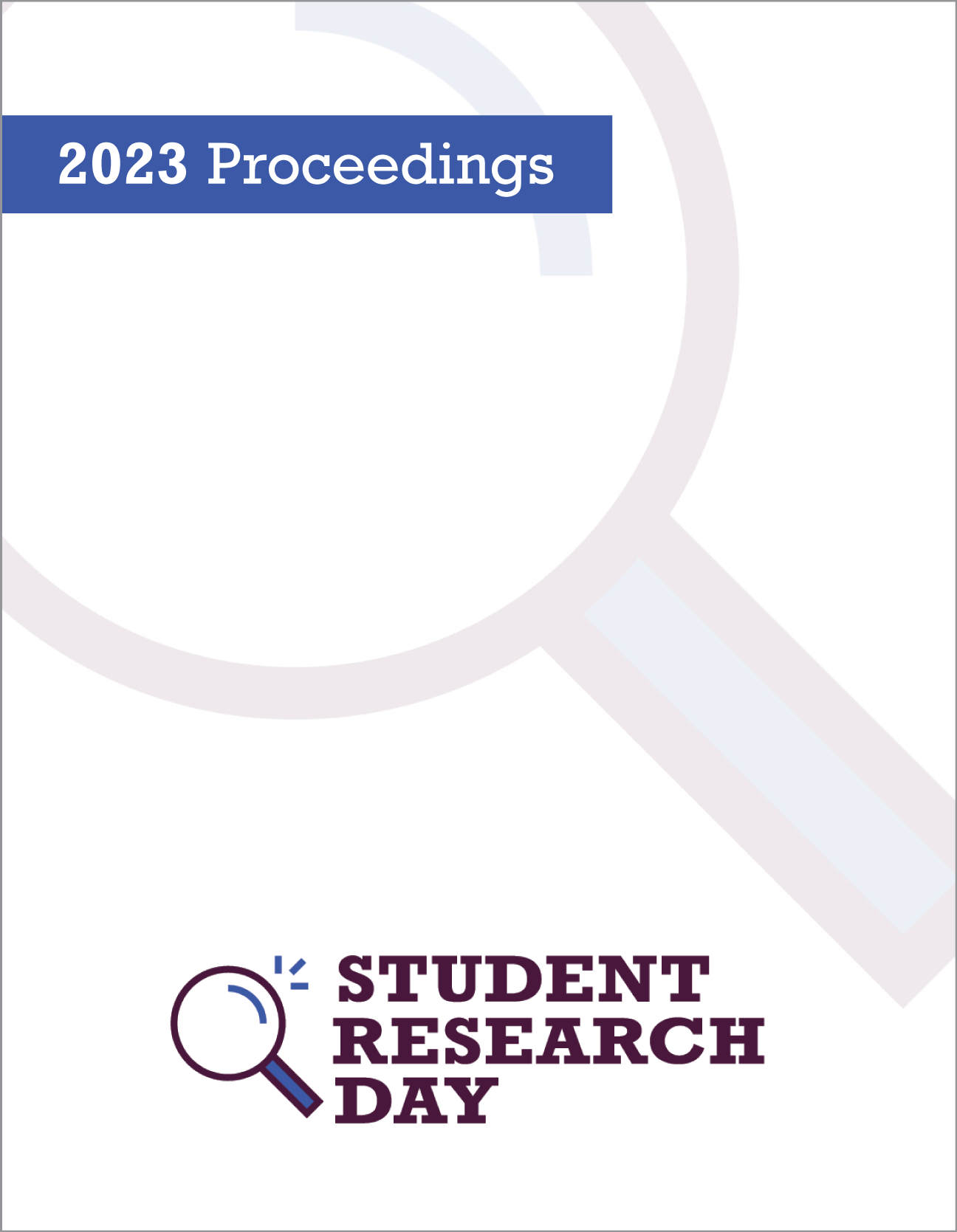How different magnitudes of visual shift affect motor learning in prism adaptation
Abstract
If a participant reaches to a target while wearing rightward shifting prism glasses, they will initially miss to the right. However, the participant eventually adjusts their reaches leftward to counteract the rightward prism shift. After the glasses are removed, aftereffects are observed where the participant’s reaches now miss in the opposite direction (i.e., left). In this experiment, we examined whether the size of the reach error induced during prism adaptation had any influence on the “congruency effect” in which aftereffects tend to be larger when the hand used during adaptation and the direction of prism shift are congruent (e.g., right hand, right prism shift), compared to incongruent (e.g., left hand, right prism shift). To investigate this, we manipulated the hand used (left vs. right), direction of prism shift (left vs. right), and the size of the reach error induced during adaptation by using two different magnitudes of prism shift (8.5° vs. 17°). Although we did not find any evidence of a congruency effect when measuring prism aftereffects, we did observe a significant hand x prism shift x magnitude interaction for pointing error reduction during prism adaptation. Specifically, participants in the 17° group (but not the 8.5° group) were better at reducing their pointing errors during prism adaptation when the hand used matched the direction of prism/visual shift. Thus, the congruency effect might be related to the increased difficulty associated with adjusting for larger reach errors (i.e., 17°), compared to smaller reach errors (i.e., 8.5°).
Faculty Mentor: Dr. Christopher Striemer
Published
Issue
Section
License
Authors retain any and all existing copyright to works contributed to these proceedings.



